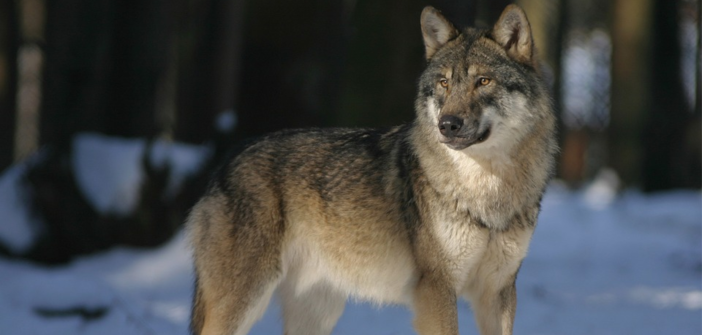The ‘canis lupus’ is a predator that leaves a lasting impression
The national action plan on wolves and livestock farming 2018-2023 has been published after several months of discussions with various stakeholders.
The exercise is a balancing act for the government, between “ensuring the conservation of the canine and taking into account the distress of farmers.” Farmers consider it insufficient to protect their herds.
The wolf is strictly protected at both the French and European levels by the 1992 European Habitats, Fauna and Flora Directive and the 1979 Bern Convention.
Since 1996, the state has been aiming to facilitate coexistence between wolves and mountain shepherds by supporting farmers.
On one side, wolf defenders rejoice at its return in terms of biodiversity.
On the other side, farmers who graze their livestock in the mountains during the summer (agropastoralism) are mostly opposed to the wolf protection policy.
Through this plan, the state seeks to find a balance between the different issues (wolf protection and agropastoralism) and between the different stakeholders (farmers and environmentalists).
Since the wolf’s return to France in the early 1990s, their number in the territory has been constantly increasing: there were nearly 360 in 2017. It is now established in 33 departments and 57 areas permanently.
The state financially assists farmers for various types of protection: enhanced guarding, investment in fence electrification, the use of protection dogs, and vulnerability analysis.
The 2018-2023 plan provides for the culling of a maximum of forty canids in 2018, then, each year, between 10 and 12% of the wolf population. A limit calculated based on scientific research so as not to harm the conservation of the species.
Defense shooting will be prioritized in the spring and summer, while culling activities may only be conducted from September 1st to December 31st in territories that have suffered significant attacks.


